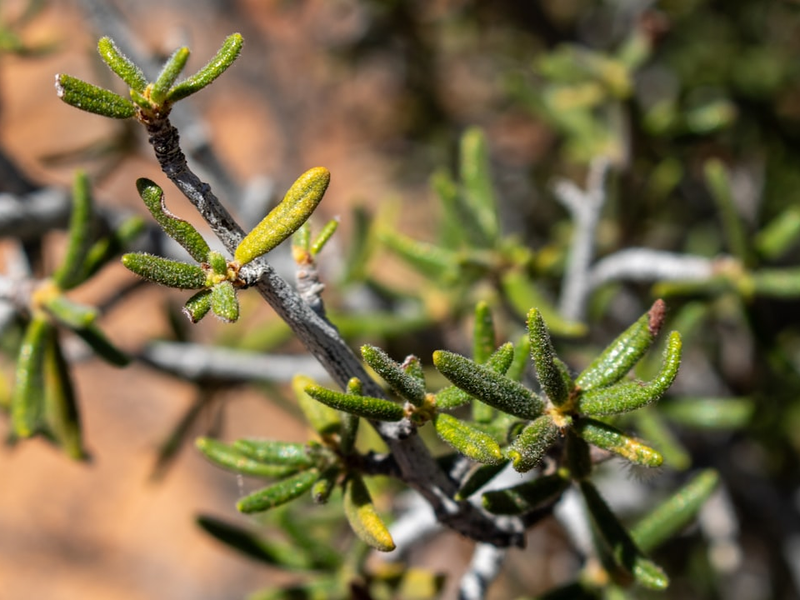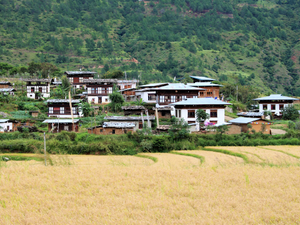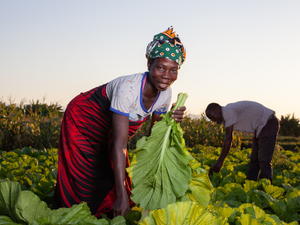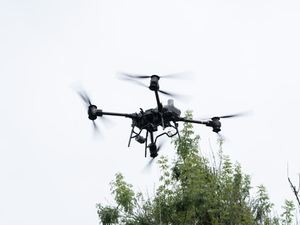California Just Adopted a Snake and a Shrub - Here's Why It Matters

Photo by Zoshua Colah on Unsplash
California is continuing its commitment to biodiversity and conservation with two surprising new state symbols that highlight the incredible resilience of local wildlife and plant life. Governor Gavin Newsom recently signed bills establishing the giant garter snake as the state snake and the bigberry manzanita as the state shrub, drawing attention to species that represent California’s unique ecological landscape.
The giant garter snake, native exclusively to California’s Central Valley, tells a story of survival against significant odds. Over the past century, this species has experienced a devastating population decline of more than 90%. First listed as a threatened species in 1971 under the California Endangered Species Act and later in 1993 under the Federal Endangered Species Act, the snake represents the fragility of our local ecosystems.
Equally remarkable is the bigberry manzanita, a shrub that embodies California’s environmental adaptability. Almost exclusively native to California, this plant demonstrates extraordinary resilience in wildfire-prone regions. Its unique characteristics include rapid regeneration after fire exposure and seeds that germinate specifically triggered by fire. The shrub’s extensive root system provides critical protection against soil erosion, thriving even in challenging, nutrient-poor environments.
These legislative actions are more than symbolic gestures. By officially recognizing these species, California is drawing public attention to the critical importance of conservation and the intricate relationships within our local ecosystems. The giant garter snake and bigberry manzanita serve as powerful reminders of the state’s biodiversity and the ongoing need to protect vulnerable species.
For environmentally conscious Californians, these designations represent a meaningful step towards acknowledging and preserving the state’s natural heritage. They underscore the importance of understanding and protecting the complex web of life that exists in our unique landscapes.
AUTHOR: cgp
SOURCE: gov.ca.gov



















































